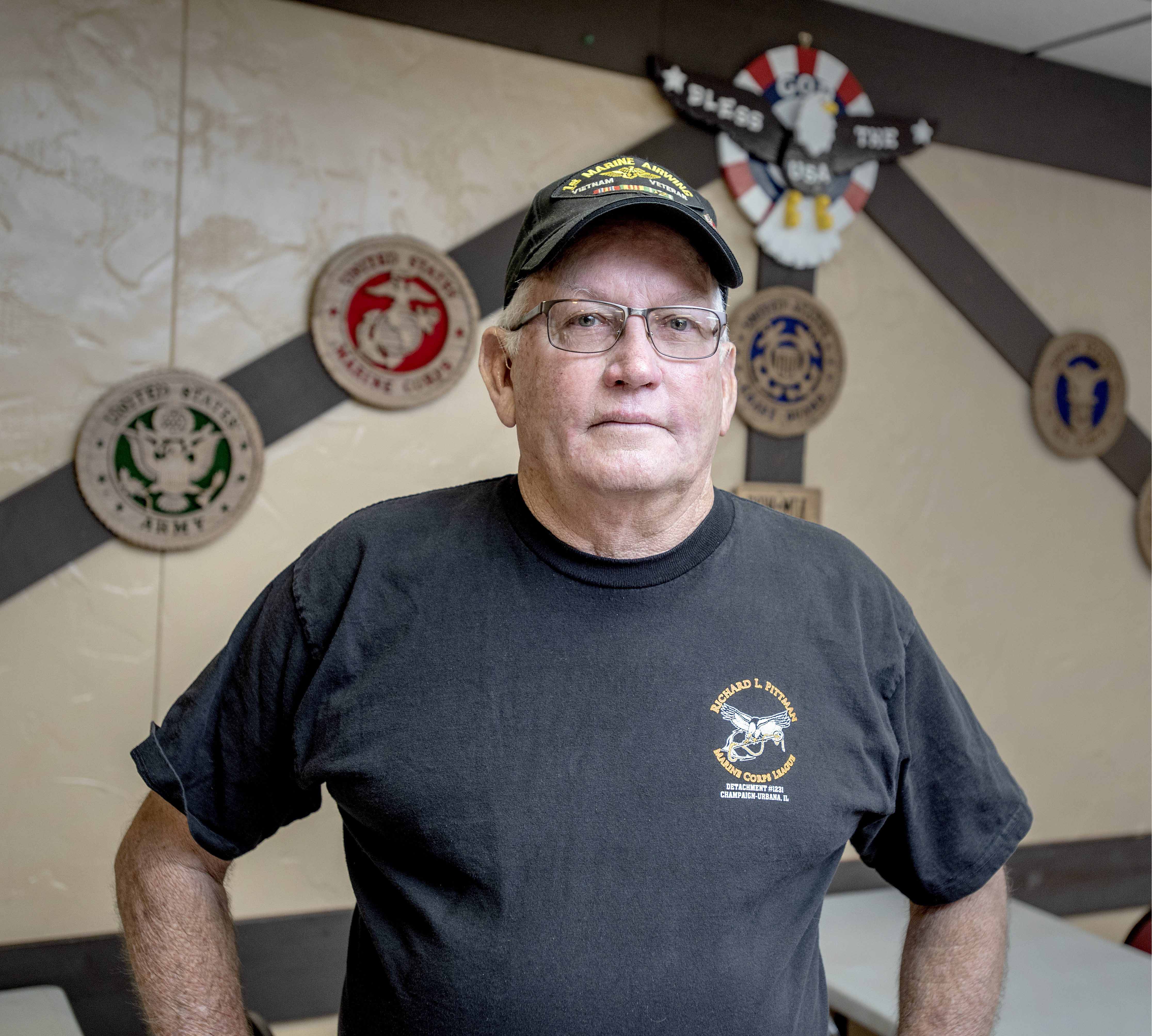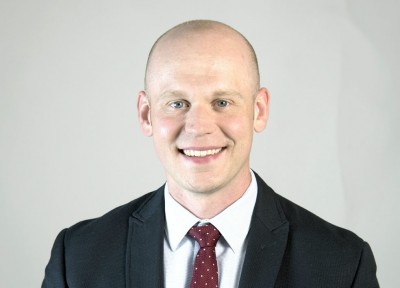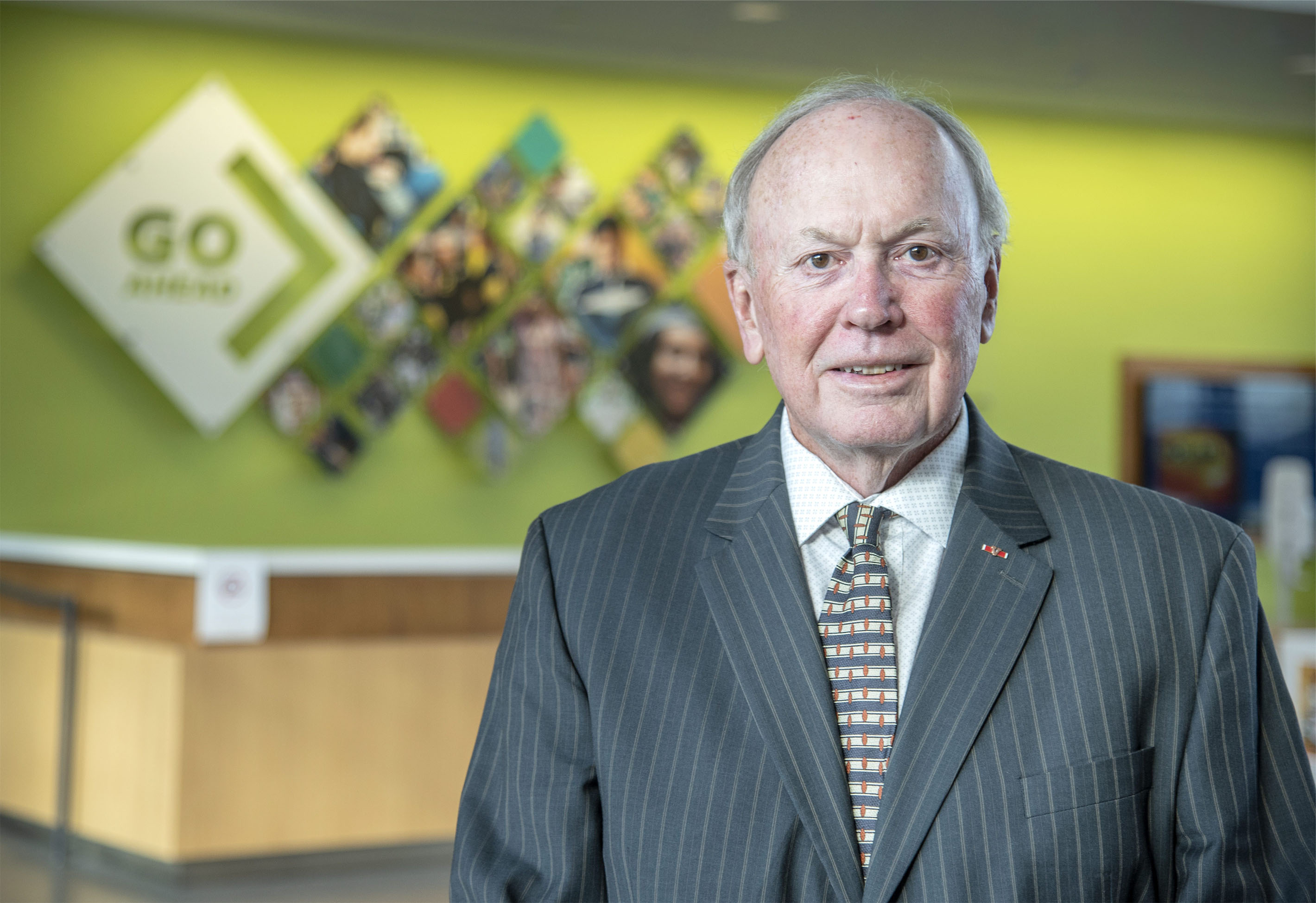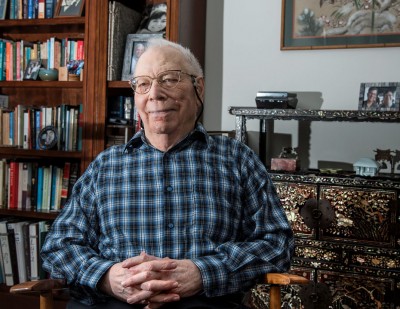William Phalen
By Paul Wood

Photo By Rick Danzl
Rick Danzl/The News-Gazette William A. Phalen of Monticello in Champaign on Wednesday, Sept. 25, 2019 served in the Marines from 1969-1973 as a helicopter avionics tech.
MONTICELLO — Cpl. William Phalen served in the Marines as a helicopter avionics tech. He was in Vietnam and also did relief flights in the Philippines.
As a student at Bement High School, he was a multi-sport athlete. About a year after graduation, he decided to enlist before he was drafted.
First stop was the Navy, next the Marines. When the Navy turned him away, it was a lucky break, Phalen said, because he was glad to join the Marines.
“I was a pretty proud Marine,” he said.
He served from 1969 to 1973.
After boot camp in San Diego, he went on to advanced training, including school in Millington, Tenn., to become an avionics tech working on CH-46 and the heavy-lifting CH-53 helicopters.
Advanced training took about six months.
Avionics are electronics, such as radio and instruments, Phalen said.
In Vietnam, “a CH-46 could take 12 full-size ‘grunts,’ and a small field weapon or a jeep,” he added. “They were used a lot for transport resupply.
“They could carry an external load outside the ship, a cannon or howitzer or a water buffalo (water supply bag), food, supplies. We often were resupplying ship to ship.”
In his Vietnam service, “most of the time, we were off the coast on a carrier, in and out of the country a few times, never in heavy combat,” he said.
“I saw enough of the war that I consider myself to have come out of it lucky.”
Rather than the standard huge aircraft carriers, he served on helicopter carriers, first on the USS Tripoli, then the USS New Orleans.
The Tripoli was considered an amphibious assault ship.
Plalen served with the Marine Heavy Helicopter Squadron HMH-463 on the Tripoli.
The USS New Orleans carried 20 CH-46s Sea Knights, 10 MH-53E Sea Stallions and AH-1 Cobras. (It was also part of the recovery team for Apollo 14.)
The ships remained off the shores of Vietnam and provided medical evacuation services for casualties and logistic support as well as a platform from which to launch helicopter support missions.
Phalen said the war was winding down around 1972, with U.S. forces declining, so the helicopters often flew members of the South Vietnamese Marines.
On the return, his ship docked at Subic Bay, which had a huge base in the Philippines, to resupply.
But the helicopters had an important mission there.
“We flew flood relief missions for 30 days in the monsoon season at the end of 1972,” Phalen said. “It rained so much, three times a day — heavily.”
The copters carried water buffaloes and Nutribuns — compact, heavy loaves of bread.
His ship was in Okinawa for about a month, rotating back to the states in 1973.
Phalen had been in almost four years.
“I was ready to get out. Nobody wanted anything to do with this war, so I got an early out, then went to school at Parkland,” he said.
He also served in the Reserves.
He retired after 20 years as a union roofer.
Now 69, Phalen is proud to be the historian of the local Richard L. Pittman Detachment 1231 Marine Corps League.
And he is strongly against wars that seem to be poorly defined, naming Iraq and Afghanistan.
The time in the service stayed with him in other ways.
At a wreath-laying at the Tomb of the Unknown Soldier at Arlington National Cemetery with the Champaign Post 24 color guard, he grew emotional.
“Marines don’t cry; I’m just sweating,” he told The News-Gazette in 2004.
Do you know a veteran who could share a story about military service? Contact Paul Wood at pwood@news-gazette.com.
Read more stories from local veterans:
 Eric Swenson
PAXTON — In Ar-Ramadi, Iraq, as part of the 2007 surge, Eric Swenson was on a base that was attacked three or four times …
Eric Swenson
PAXTON — In Ar-Ramadi, Iraq, as part of the 2007 surge, Eric Swenson was on a base that was attacked three or four times …
 Jim Voyles
TUSCOLA — In the Vietnam jungle, Jim Voyles might have been within 50 feet of the enemy and not seen him through the bru …
Jim Voyles
TUSCOLA — In the Vietnam jungle, Jim Voyles might have been within 50 feet of the enemy and not seen him through the bru …
 Richard Underwood
URBANA — On Memorial Day, Lt. Richard Underwood remembers family, as well as two friends, who died in Korea. Between his …
Richard Underwood
URBANA — On Memorial Day, Lt. Richard Underwood remembers family, as well as two friends, who died in Korea. Between his …